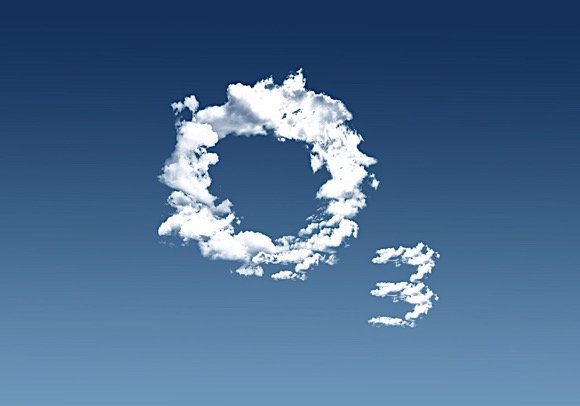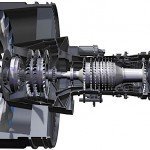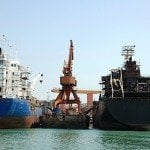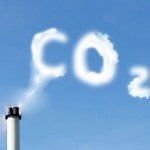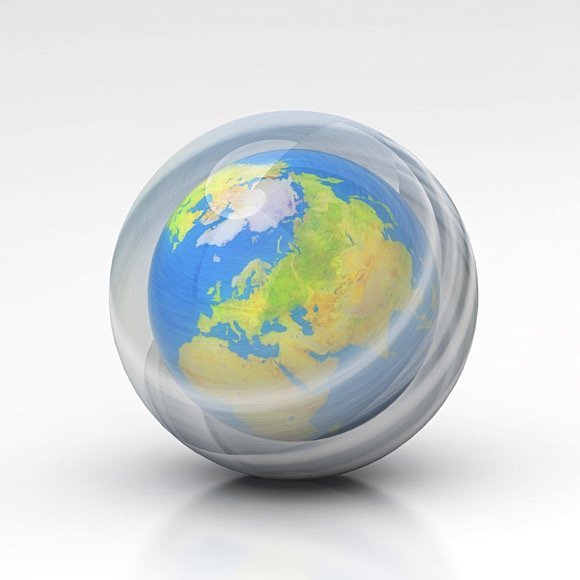
A recent report by the National Oceanic and Atmospheric Administration revealed that emissions from the ozone-destroying chemical CFC-11 are on the rise. The suspected cause is new, unreported production from an unidentified source in Eastern Asia. The findings were published in the journal Nature.
The study’s lead author, Stephen Montzka, discussed the findings and the NOAA’s commitment to get to the root of the problem and inform the public. “We’re raising a flag to the global community to say, ‘This is what’s going on, and it is taking us away from timely recovery of the ozone layer.’ Further work is needed to figure out exactly why emissions of CFC-11 are increasing and if something can be done about it soon.”
Scientists are currently baffled by the increase in these emissions, as earlier predictions had expected the abundance of ozone-depleting gases to drop significantly to levels which had not been seen since the hole in the ozone layer first began to appear.
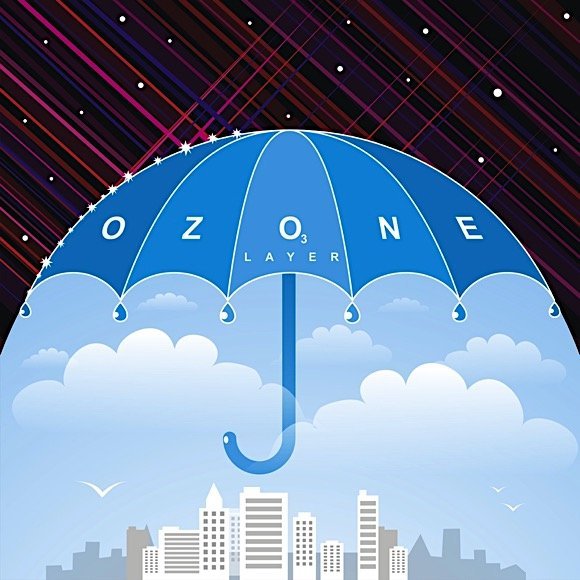
Chlorofluorocarbons (CFCs) are versatile chemicals that were once used in hundreds of products around the world. However, in 1987, scientists with the NOAA joined an international team that proved the chemicals were actually quite damaging and had resulted in the formation of a hole in the Earth’s ozone layer.
The Montreal Protocol was signed later that year as part of a global commitment to phase out their use with the expectation that the production of CFC-11 (the second-most abundant of these chemicals) would cease completely by the year 2010. Unfortunately, that was not the case, as the chemical is once again on the rise and gearing up to cause even more damage.
“In the end, we concluded that it’s most likely that someone may be producing the CFC-11 that’s escaping to the atmosphere,” said Montzka. “We don’t know why they might be doing that and if it is being made for some specific purpose or inadvertently as a side product of some other chemical process.”
Scientists remain hopeful that the damage to the ozone layer could be minimal, so long as the source is quickly identified and controlled. However, an inability to do so would cause substantial delays in ozone layer recovery.

“This is a worrying result,” said Grantham Institute’s Professor of Atmospheric Physics Joanna Haigh. “An important question which arises from the conclusions of the paper, if correct, is how compliance with international environmental treaties should be monitored or policed.”
Martyn Chipperfield, Professor of Atmospheric Chemistry at the University of Leeds stated that the observations were more puzzling than alarming, as atmospheric chlorine levels are still decreasing, albeit more slowly than anticipated. “This will cause some delay in the recovery of the ozone layer from past depletion, but that recovery will still happen,” he said. “Nevertheless, scientists and policy makers will want to understand the cause of these unexpected CFC-11 emissions.”
Montzka remains hopeful that the situation will be resolved soon enough. “I have a feeling that we will find out fairly quickly what exactly is going on and that the situation will be remedied,” he said, especially considering the publicity that these findings are receiving. “Somebody who was maybe doing it purposefully will realise, ‘Oh, someone is paying attention,’ and then stop doing it.”
